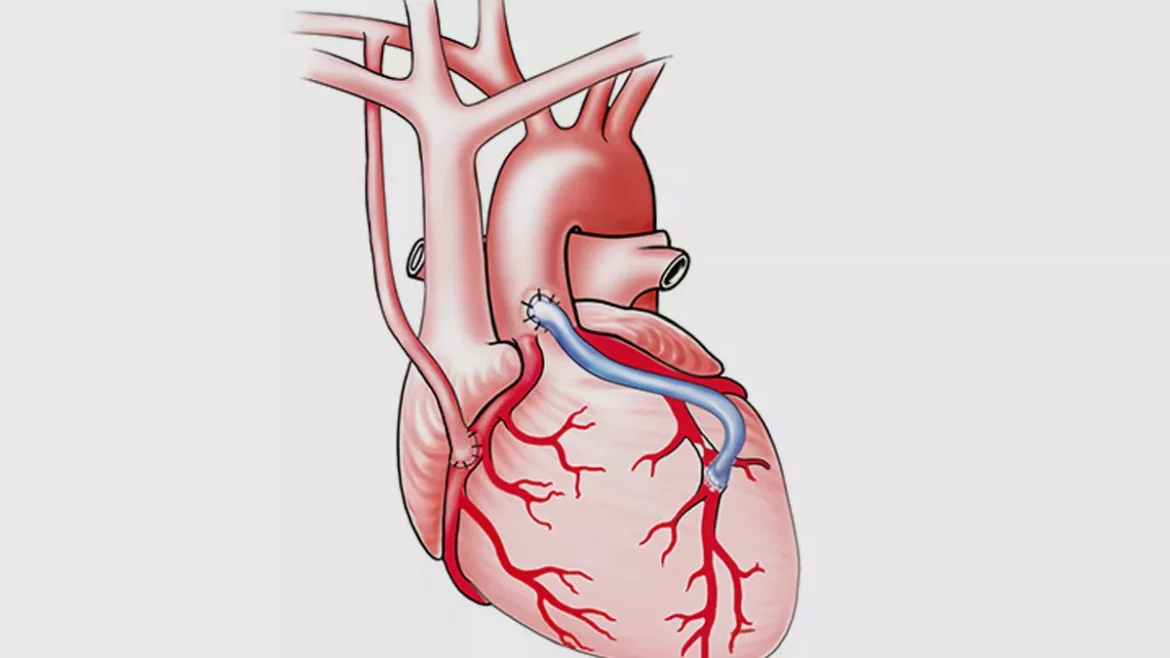Coronary artery ectasia (CAE) and coronary artery aneurysm (CAA) are two manifestations of dilated coronary arteries, conditions characterized by the abnormal dilation of the coronary arteries. These anomalies can potentially lead to serious cardiovascular complications such as heart attack or sudden death, necessitating a comprehensive understanding of their management and treatment options. This article explores the current therapies for dilated coronary arteries, integrating insights from recent research, clinical guidelines, and expert opinions in cardiology.
Introduction
The coronary arteries are essential for delivering blood to the heart muscle itself. When these arteries are dilated, their function can be compromised, which might lead to reduced blood flow, clot formation, and subsequent myocardial infarction. The dilation can be focal or diffuse, affecting short segments or extensive portions of the coronary arterial tree.
Dilated coronary arteries can manifest in two primary forms: coronary artery ectasia (CAE) and coronary artery aneurysm (CAA). CAE typically involves dilation of a coronary artery segment that exceeds the diameter of adjacent segments by 1.5 times, while CAA refers to a localized dilation exceeding the normal diameter by more than 1.5 times. Both conditions pose significant management challenges due to their association with coronary artery disease (CAD) and other cardiac abnormalities.
SEE ALSO: How Do Doctors Diagnose Coronary Artery Disease
Epidemiology And Etiology
The prevalence of CAE and CAA varies widely, reported as between 1% and 5% in angiographic studies, with a higher incidence in males and in individuals with atherosclerotic disease. While the most common cause of these conditions is atherosclerosis, other etiologies include congenital defects, connective tissue disorders, inflammatory diseases, and iatrogenic causes such as complications from coronary interventions.
Pathophysiology
The underlying pathophysiology of dilated coronary arteries often involves the destruction of the media layer of the artery wall due to inflammatory processes associated with atherosclerosis. This degradation leads to a weakening of the vessel wall, which may then expand under normal blood pressure. The dilation may exacerbate coronary artery disease by promoting turbulent flow and thrombosis within the affected segments.
Clinical Presentation
Patients with dilated coronary arteries may present asymptomatically or with symptoms ranging from typical angina to acute coronary syndromes. The risk of complications such as myocardial infarction, ischemia, and sudden cardiac death makes it imperative to accurately diagnose and effectively manage the condition.
Diagnostic Approach
The diagnosis of dilated coronary arteries is primarily made using coronary angiography, which provides detailed images of the coronary anatomy. Complementary imaging techniques such as intravascular ultrasound (IVUS) or optical coherence tomography (OCT) may be used to assess the severity of dilation and the presence of thrombus or atherosclerotic plaque.
Non-invasive imaging options include coronary computed tomography angiography (CTA), which can be particularly useful for screening and monitoring of these patients.
What Are The Treatments for Dilated Coronary Arteries?
Medical Management
The cornerstone of treating dilated coronary arteries is the management of the associated atherosclerotic disease and the prevention of thrombus formation. Medical therapy may include:
Antiplatelet agents: Aspirin and other platelet inhibitors reduce the risk of thrombosis.
Anticoagulants: In cases with significant dilation and documented thrombus, anticoagulants such as warfarin or newer oral anticoagulants may be indicated.
Statins: These drugs are essential in managing hyperlipidemia and stabilizing atherosclerotic plaques.
Beta-blockers and ACE inhibitors: These are used to manage blood pressure and reduce myocardial demand, thereby decreasing the risk of further arterial damage and complications.
Interventional Procedures
Interventional treatment options may be considered in specific circumstances, particularly when there is evidence of ischemia or significant risk of complications:
Percutaneous coronary intervention (PCI): Stenting may be problematic in dilated segments due to the risk of malapposition, but it can be necessary if there is significant stenotic disease.
Covered stents: These specialized devices can be used to seal coronary artery aneurysms, thereby preventing rupture.
Coil embolization: This technique may be employed in select cases of aneurysm to promote thrombosis within the aneurysm and prevent rupture.
Surgical Treatment
Surgical intervention may be indicated for large or symptomatic aneurysms or when there is a failure of conservative and interventional treatment:
Coronary artery bypass grafting (CABG): This is often considered for patients with multiple dilated segments and significant obstructive disease.
Aneurysm resection: Surgical removal of the aneurysm may be performed in cases where there is a significant risk of rupture or when it causes symptomatic ischemia.
Lifestyle Modifications
In addition to medical and procedural interventions, lifestyle changes are crucial. Patients are advised to:
Quit smoking: Smoking cessation is vital due to its association with worsening atherosclerosis.
Diet and exercise: A heart-healthy diet and regular exercise can help manage weight, diabetes, and hypertension, all risk factors for coronary artery disease.
Monitoring and Follow-Up
Regular follow-up is essential in the management of dilated coronary arteries to monitor the progression of the disease and the effectiveness of treatment. This typically involves clinical evaluation, imaging studies, and surveillance for new symptoms.
Conclusion
Dilated coronary consistencies represent complex entities that require a multifaceted treatment approach. Individual treatment plans should be tailored based on the patient’s overall risk profile, the severity of the dilation, and the presence of associated cardiac conditions. With advances in medical therapies and interventional techniques, the prognosis for patients with dilated coronary arteries has significantly improved. Continuing research is necessary to better understand these conditions and develop more effective treatment modalities.


